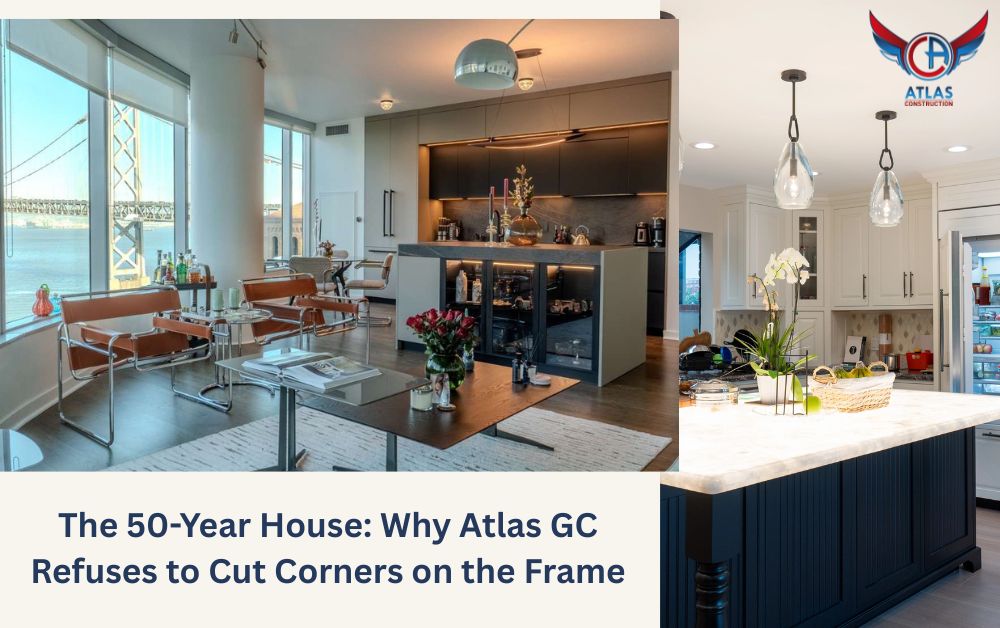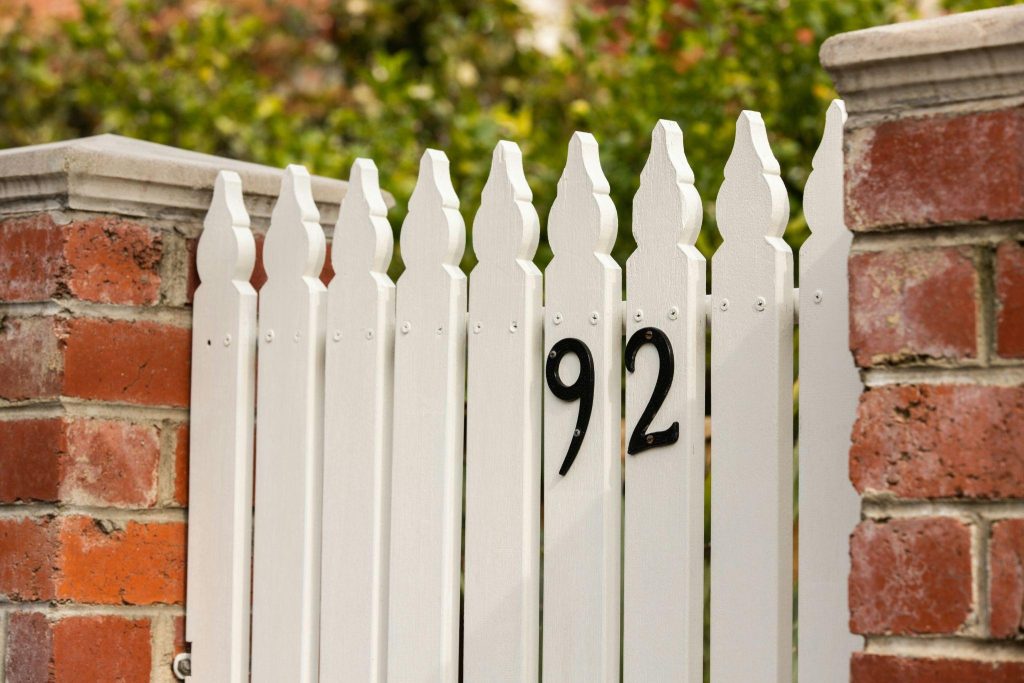How a California Builder Turns Structural Integrity Into a Promise Across Generations
Founded in the San Francisco Bay Area by Bill Ilter, Atlas General Construction was built on a conviction that a home should not be engineered for a market cycle – but for legacy. In a construction era dominated by speed, appearance and lowest bids, Atlas GC took an entirely different path. It invested its entire philosophy into something most homeowners will never actually see: the structural frame.
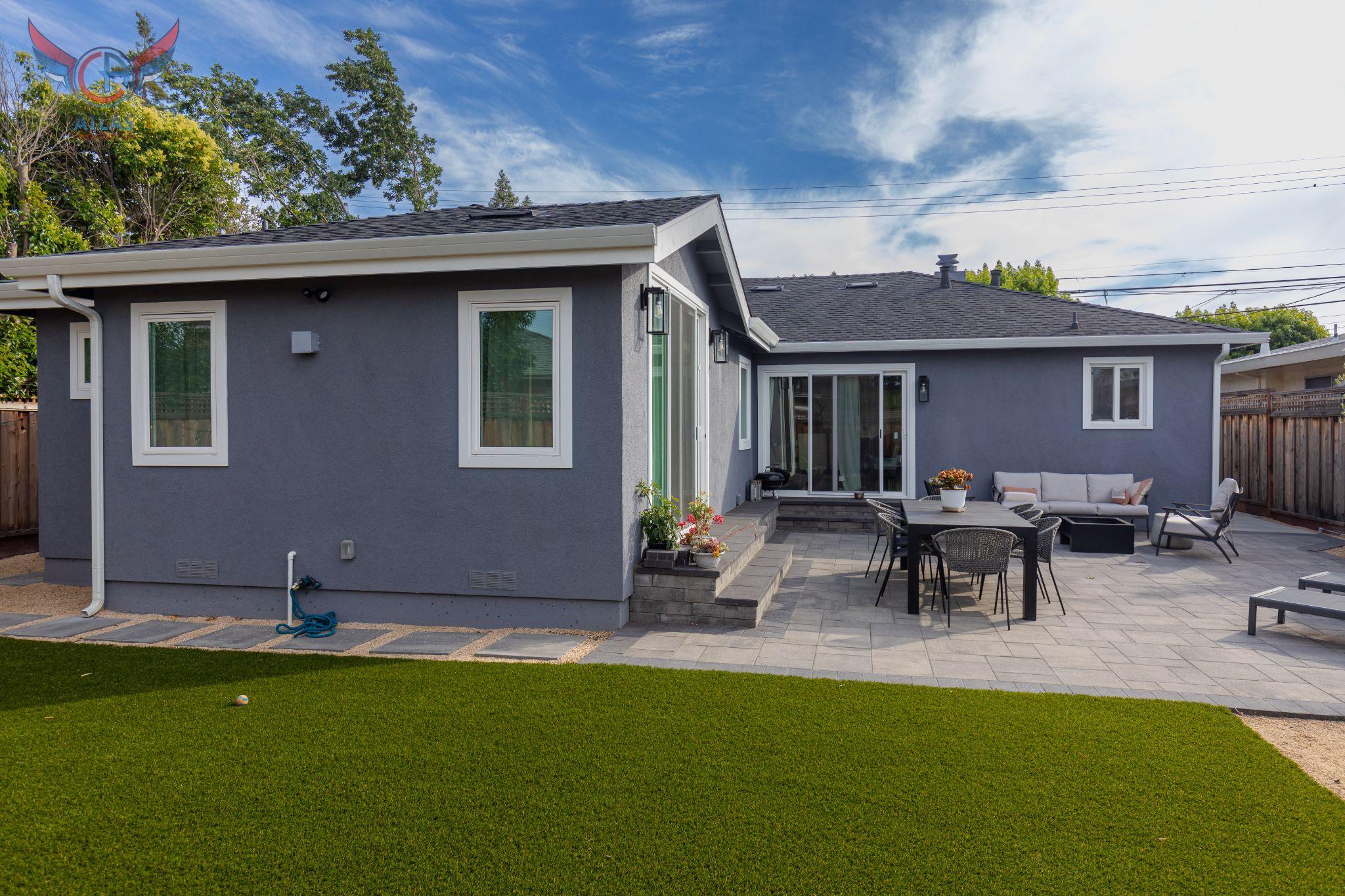
Atlas GC emerged at a time when California’s residential market was wrestling with a paradox – rising home values and declining structural longevity. While many builders optimized costs and finishes, Atlas chose to elevate endurance. Today, as the company expands across California and deepens its collaborations with leading architecture studios such as ID2 Concepts, MONO Interior Design, and Que-Architecture, it remains guided by one central question:
What does it take to build a house that truly lasts 50 years or more?
This question is not rhetorical. Atlas GC treats it as a technical standard. And the answer, as the company has proven, lies in five uncompromising principles that begin long before the first wall is painted and long after the last inspection is signed.
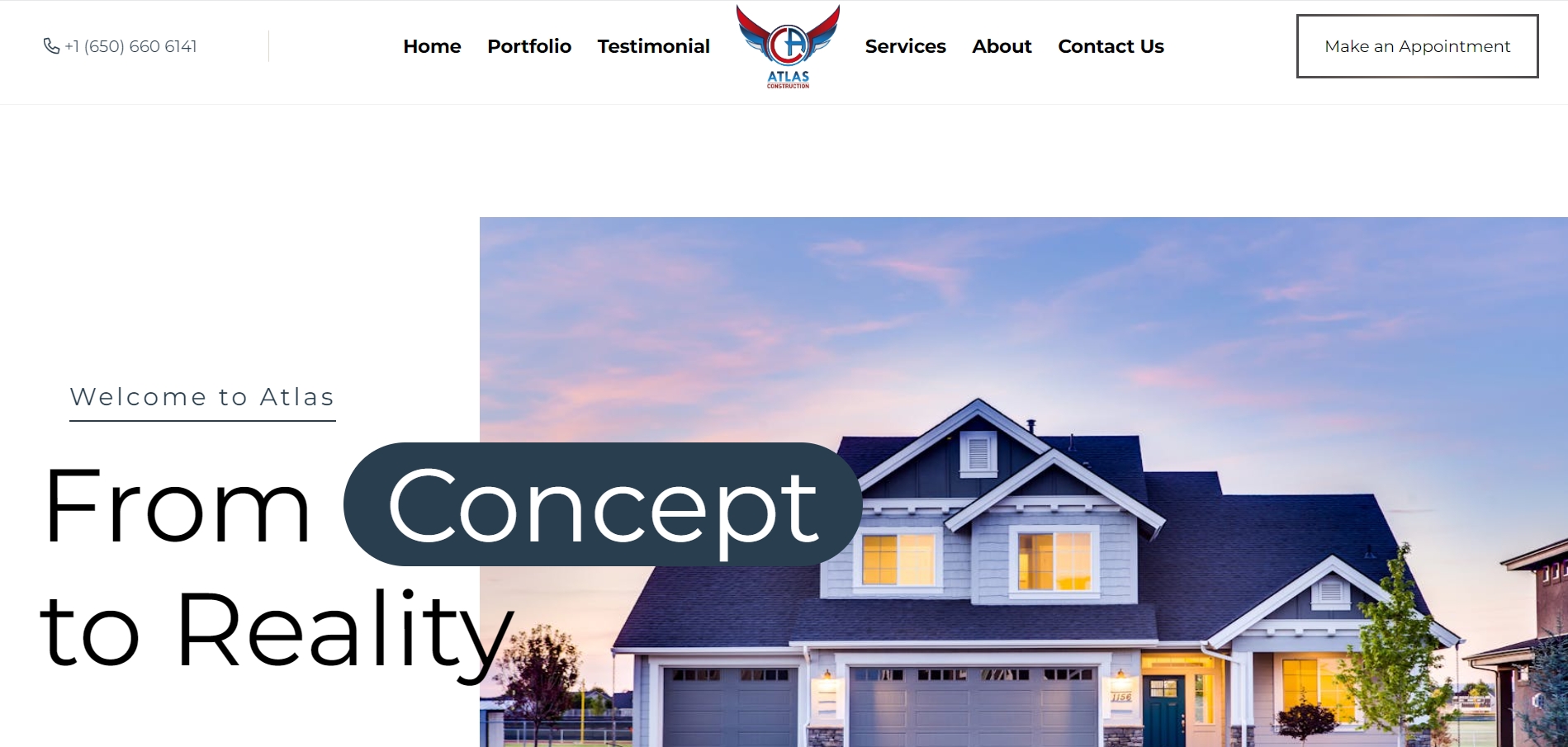
Why Longevity Became the New Luxury
The modern California homeowner faces realities their predecessors did not: wildfires, seismic risks, rising insurance demands, and increasingly volatile building codes. Cosmetic design can be updated. Surfaces can be replaced. But a compromised frame cannot be undone. According to the National Association of Home Builders (NAHB), the average American home is structurally outdated after 25–30 years due to fundamental shortcuts – undersized joists, unreinforced posts, moisture intrusion behind walls. A 50-year home isn’t an accident of luck; it is deliberate engineering.
And this is where Atlas GC has chosen to make its stand – not with marketing slogans, but with structural standards. As founder Bill Ilter has said:
“We don’t build for appraisals. We build for the second generation that will inherit the home.” – Bill Ilter
The Five Atlas Standards for a 50-Year Home
Each of the five standards below represents a philosophy – but also a measurable, physical specification. These are not optional features. They are foundation-level rules.
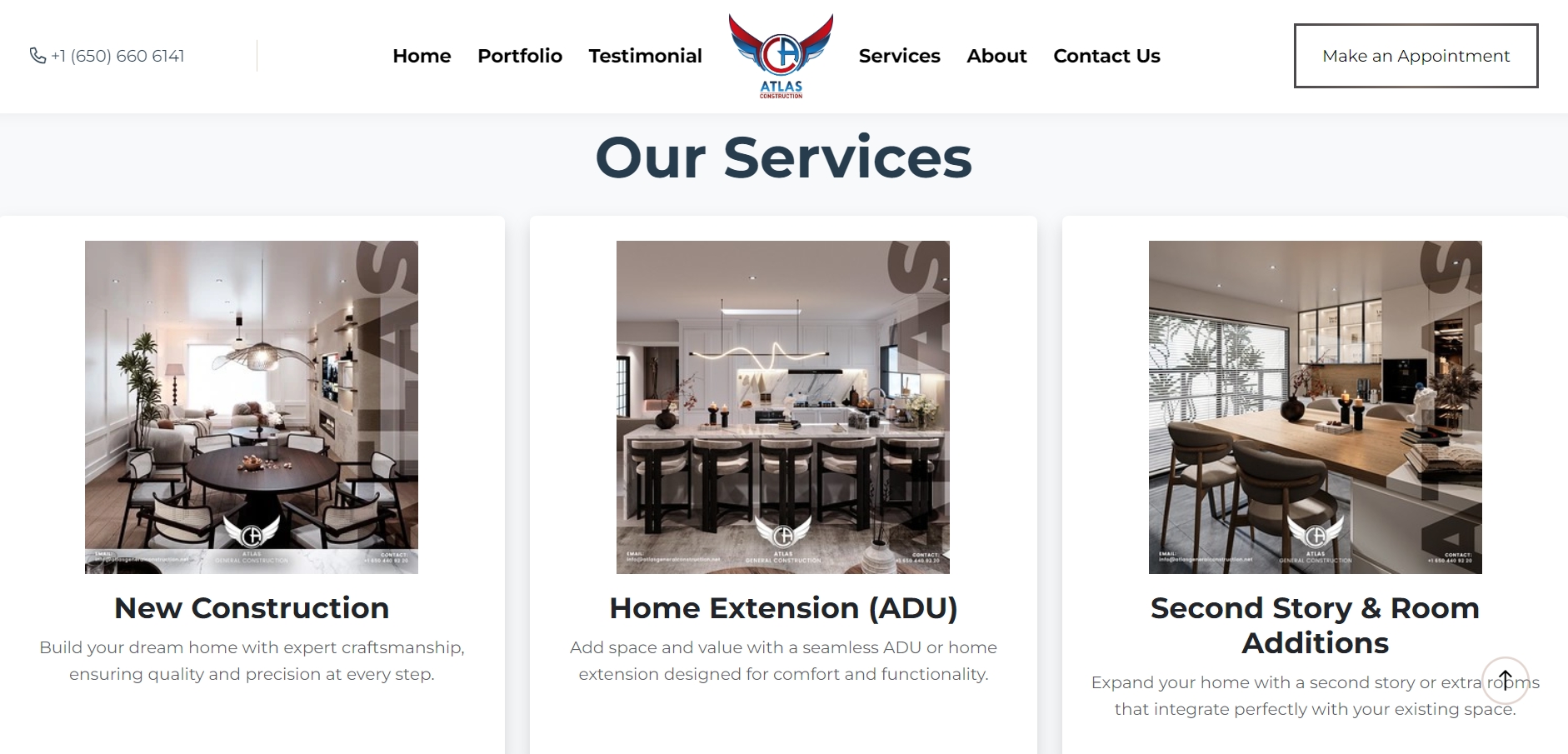
1️⃣ Structural Frame Integrity – The Non-Negotiable Core
In residential construction, most cost manipulation happens where the client never looks: inside the frame. By reducing joist dimensions, spacing studs farther apart, or using lower-grade lumber, builders can save thousands – while sacrificing decades off a structure’s lifespan. Atlas GC refuses every one of those tactics.
What Atlas Does Differently:
- Uses engineered LVL and steel-reinforced beams as standard, not upgrades
- Performs engineer sign-offs on span loads, not just inspector approvals
- Adds shear reinforcement and blocking in all wall systems, including non-load-bearing partitions
The result? A frame designed not merely to hold the house, but to resist torsion, moisture, seismic shifts, and time itself.
“If the frame compromises, everything else is decoration,” remarks a senior Atlas superintendent.
2️⃣ Foundation & Seismic Architecture – Building for the Fault Line
California does not forgive structural neglect. Homes here must not only withstand time – but earth movement. Most homes are designed to pass code. Atlas designs its foundations to exceed it.
Atlas GC Standards Include:
- Deep footings reinforced beyond minimum rebar grids
- Bolted sill plates and lateral anchorage tested for lateral shear loads
- Moisture and vapor barriers installed to prevent subterranean rot
Unlike typical builds, Atlas includes structural engineers on-site during every major pour. The philosophy is clear: a house begins at its lowest point – if the ground fails, everything above it does too.
3️⃣ Material Endurance – Choosing Products That Fight Fire, Moisture & Decay
Where standard builders calculate cost-per-square-foot, Atlas calculates life-per-square-foot. The company has invested heavily in ICF (Insulated Concrete Form), fire-rated exterior shells, and engineered woods designed to prevent warping, rot, and fungal intrusion.
|
Material Type |
Typical Builder |
Atlas GC Standard |
|---|---|---|
|
Wall Assembly |
2×4 Framing + Drywall |
ICF + Structural Insulation System |
|
Exterior Protection |
Vinyl / Basic Stucco |
Fire-rated Cement or Mineral Facade |
|
Roof Framing |
SPF Timber |
LVL or Reinforced Truss with Barrier |
Atlas also designs assemblies to withstand historic Californian threats: ember damage, temperature contraction, seasonal expansion, and storm intrusion. A home should not just survive inspection – it should survive impact.
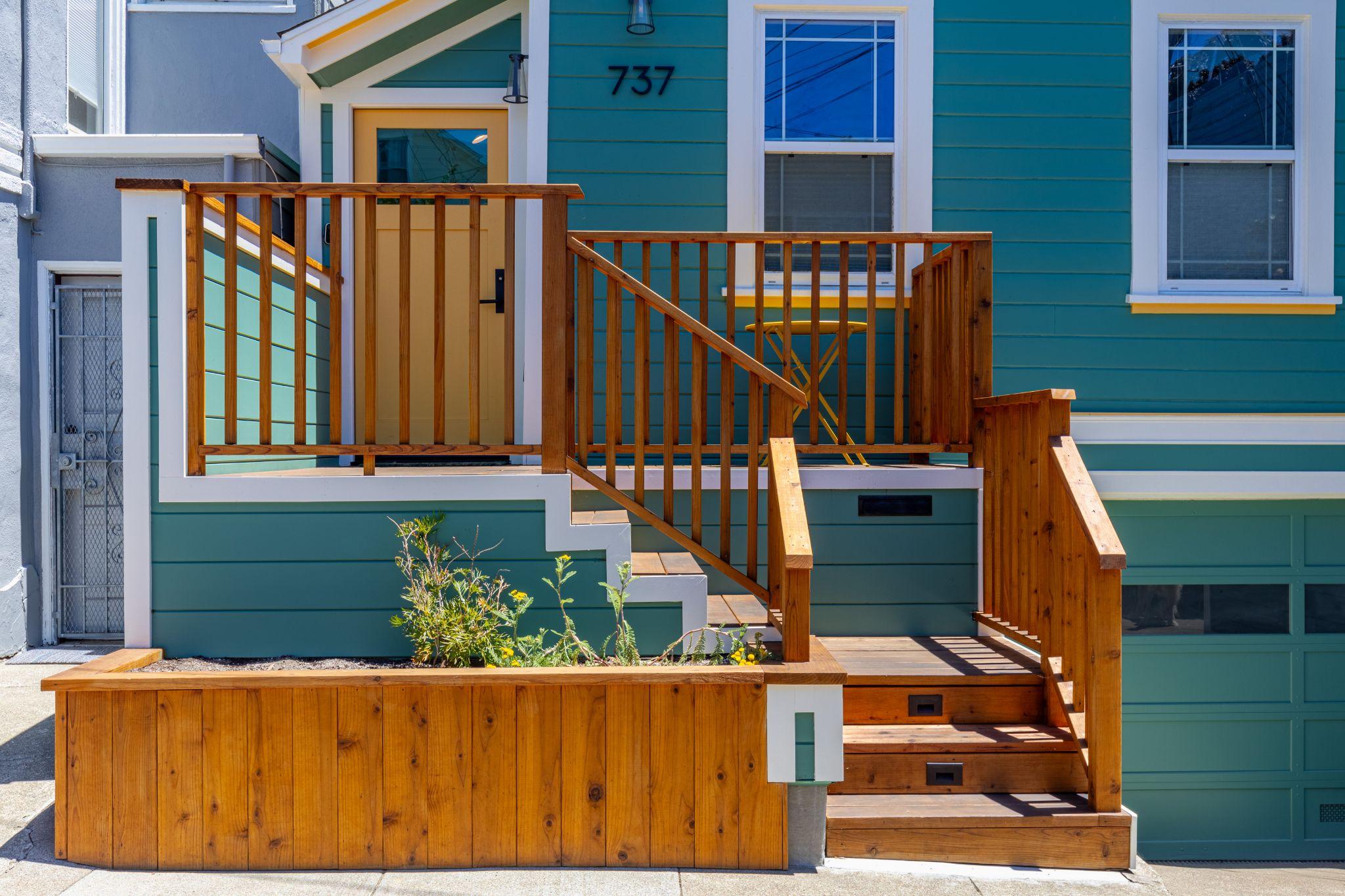
4️⃣ Engineering Oversight & On-Site Accountability
In most residential construction, architects hand off to contractors, who then hand off to subcontractors. Along that chain, intent dissolves. Atlas GC broke this chain by integrating design, architecture and construction under one operational leadership.
Key Difference:
An Atlas engineer or senior construction manager is physically present at every structural stage – foundation, framing, seismic tie-ins, waterproofing. Misalignments are corrected in real time, not weeks later during finishing stages.
This oversight has led to a remarkable internal record – zero structural callbacks reported across recent project cycles. While many builders chase speed, Atlas chases certainty.
5️⃣ Digital Transparency – Construction You Can Actually See
In 2021, Atlas GC adopted full digital project tracking via ClickUp and Ressio, giving every client an operational dashboard – photos, budgets, change orders, inspection logs. Construction is no longer an opaque process behind a chain-link fence.
Homeowners receive:
- Live structural updates
- Budget and schedule tracking
- Inspection reports archived by date
- Day-by-day critical path visualization
This radical transparency has a ripple effect: over 70% of Atlas clients come through referral rather than marketing, a testament to trust earned rather than purchased.
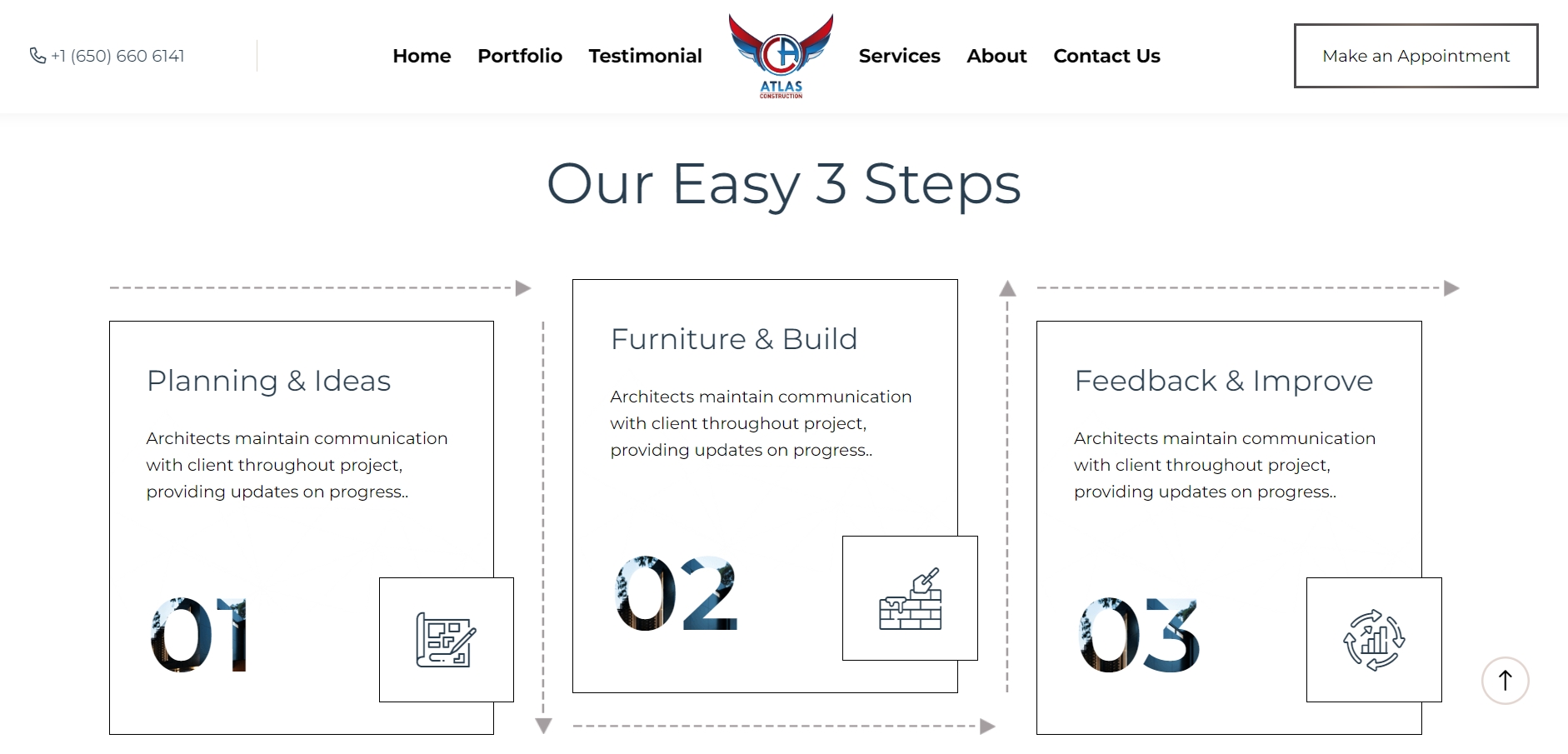
“The future of construction is accountability, not aesthetics,” writes Caroline Forsey, analyst at Forbes and HubSpot. “Longevity comes from decisions no one sees.”
Beyond Trends: The Return of Structural Craftsmanship
In a housing market obsessed with finishes, Atlas GC represents a return to a lost discipline – structural craftsmanship. It is a company that believes future homeowners should not inherit framing problems, foundation cracks, or moisture failures.
Since 2016, Atlas has advanced through measured evolution:
- From general contracting to design-build (2018)
- Into commercial architecture and rebuilds (2019)
- Through strategic partnerships with design studios (2022)
- And now toward sustainable, legacy-grade building systems (2025)
The company builds not for inspection, but for inheritance.
Why California Needs 50-Year Homes Now
With rising insurance premiums, intensifying wildfire policies, and seismic regulatory reform, California is entering a new architectural era. Houses can no longer be designed as 20-year financial instruments. They must be engineered as 50-year sanctuaries.
According to NAHB research, ICF and high-mass construction reduce lifetime structural risk by more than 60% and diminish long-term energy volatility. Atlas is not reacting to this shift – it is building ahead of it.
The Promise Inside the Frame
“We’re not chasing fast closures. We’re building homes meant to be spoken about decades later.” – Bill Ilter
In a market where many builders compete on pace, Atlas GC competes on permanence. A 50-year house is not an exaggeration; it is a controlled, disciplined outcome of engineering integrity and human accountability.
Atlas GC is not selling square footage. It is engineering peace of mind.
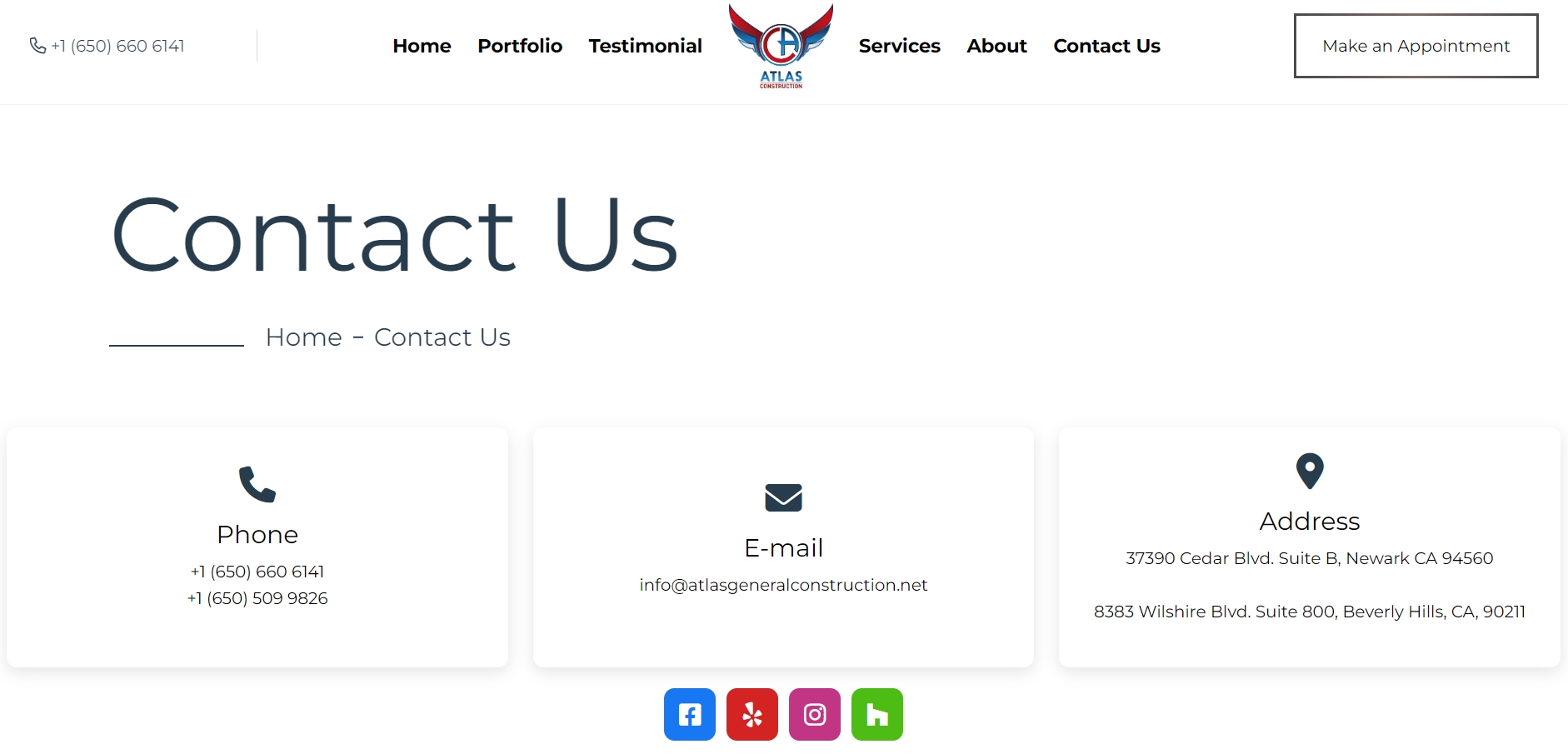
Want to Work with Atlas GC?
For architects, homeowners, and developers seeking collaboration on legacy-grade residential or commercial builds across California, connect directly: info@atlasgeneralconstruction.net.
Atlas GC – Engineering Homes Built to Outlast Time.


